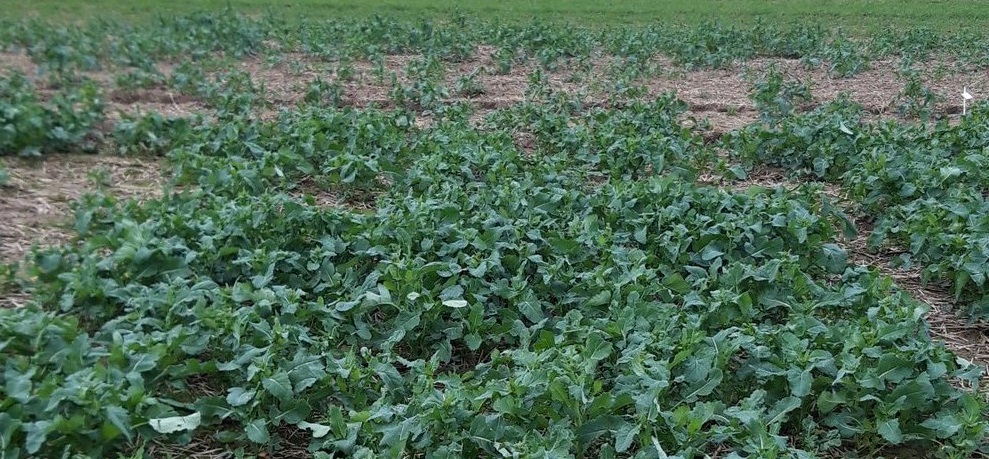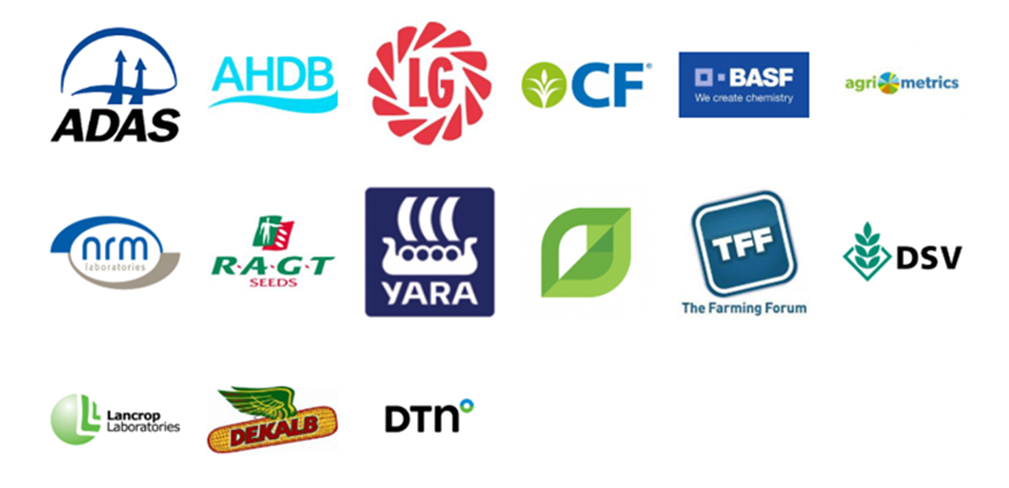
Whilst many growers over recent years have struggled with OSR establishment, all growers can benefit from joining Oilseed YEN this season. Oilseed YEN has responded to the ever increasing challenge posed by cabbage stem flea beetle (CSFB) by expanding information collected about the establishment period and has now introduced an ‘Establishment Beauty Contest’ to encourage farmers to learn more about effective establishment practices together. The Development has been funded by AHDB and it is hoped that this will ensure Oilseed YEN continues to be relevant to many farmers across the country.
Growers will be asked to submit data about their establishment practices, plant population & CSFB damage, as well as photos which will be used in the judging process and in an analysis of the data. Dr Sarah Kendall, who leads Oilseed YEN comments “We want to recognise growers who are successfully establishing OSR as well as those who achieving the highest yields. The new Beauty Contest aims to focus a community of growers around sharing their practices, experiences and outcomes around OSR Establishment”. There will be three drilling date sections: Early drilled (until 14th August), Standard drilled (15th Aug – 31st Aug), Late drilled (1st September onwards). By registering now, growers can submit establishment information for all their OSR fields, and then select a field to take through where they will submit samples and data.
Analysis of data collected from the Oilseed Yield Enhancement Network has recently provided insights into understanding how high yields are achieved in oilseed rape crops. 151 yields were analysed from across 92 farms that were part of the Oilseed YEN between 2017 and 2019, as part of a study funded by AHDB to better understand factors affecting yields.
Key Messages
- Nutrition: Soil & seed nutrition analyses highlight the importance of getting the supply of P & Mg right for achieving high yields. There was also evidence to suggest that using more N splits may be more important that simply applying more N for achieving high yield.
- Husbandry: High yields were positively associated with lower seed rate, a greater number of fungicide applications, and higher fungicide spend.
- Plant physiology: High yielding crops set a high number of seeds/m2 and a high thousand seed weight, a larger total biomass and more seeds per plant.
- Weather: High yields were associated with a cool and bright weather during late spring and early summer, whilst warm temperatures in December and less rainfall in February were associated with lower yields.
Crop Physiologist Dr Thomas Wilkinson, reflects on the analysis;
When considering both the husbandry & physiological factors linked to yield which were identified in the analysis, growers should focus on optimising canopy size. Where possible, low plant populations should be established to target large plants with many seeds. This should be followed with careful N management and disease control.
Oilseed YEN Sponsors

